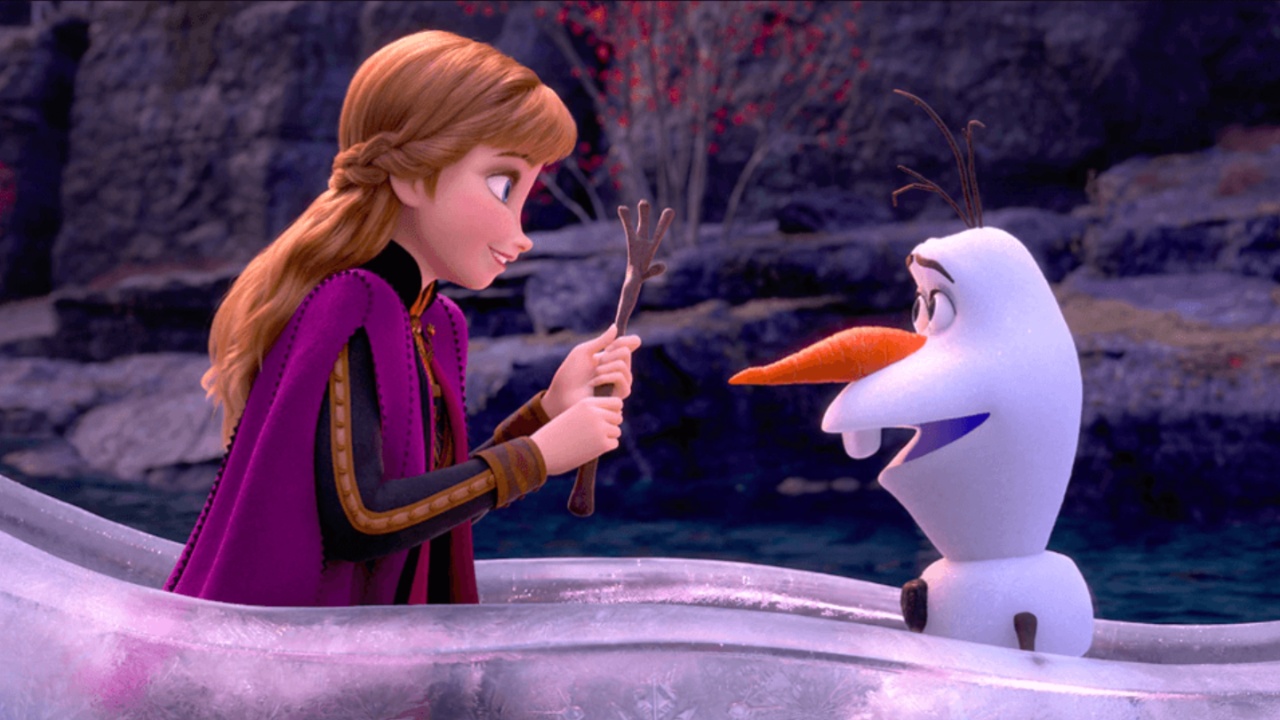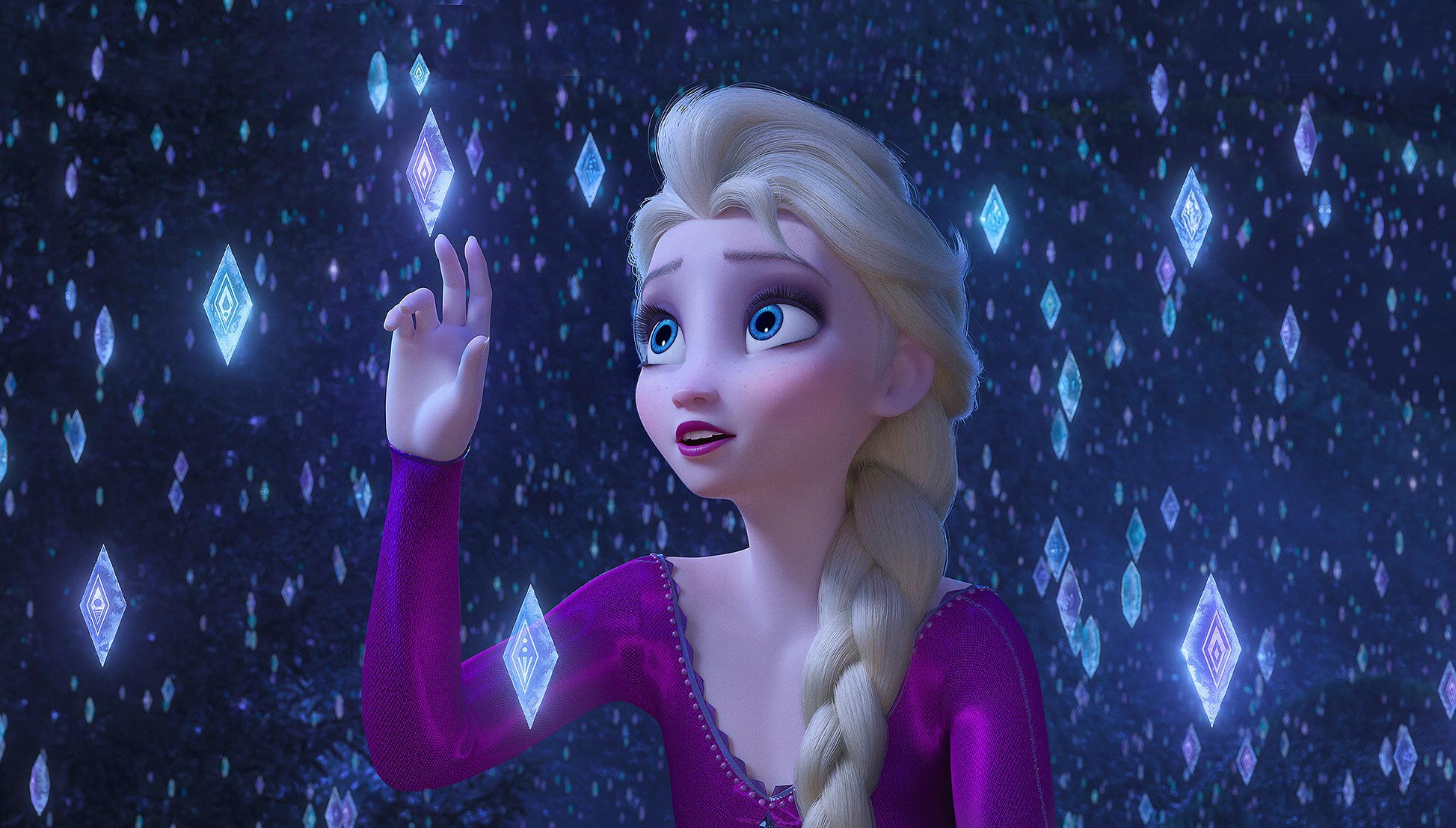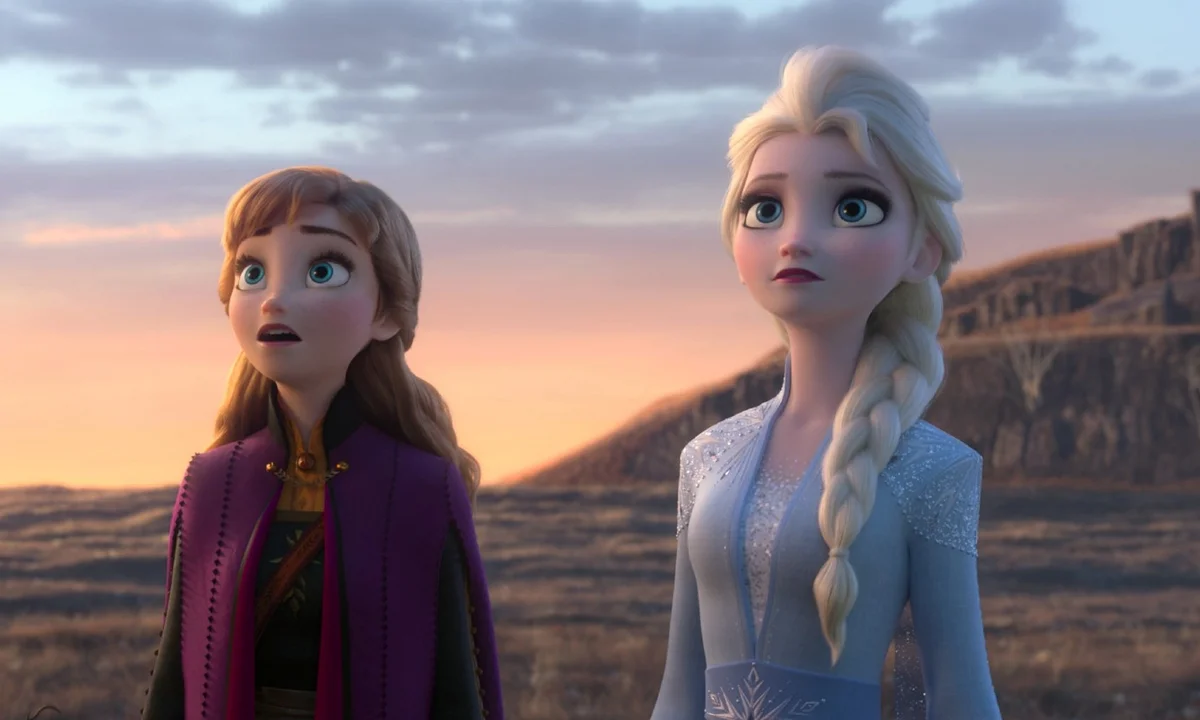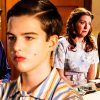In Frozen 2, Elsa and Anna return to continue their story, this time seeking the origins of Elsa’s magical powers. Directed again by Chris Buck and Jennifer Lee, the film begins with the kingdom of Arendelle under threat from mysterious elemental spirits emerging from a nearby enchanted forest, which has been shrouded in a magical mist for decades.
To protect the people, Arendelle is evacuated to the mountains, while Elsa, Anna, Kristoff, Olaf, and Sven venture into the forest to understand and calm the restless spirits. Elsa, driven by a haunting siren song, hopes it will reveal the truth about her abilities, setting the stage for a journey that intertwines personal discovery with reconciliation of past wrongs.

Journey Through Forest and Ahtohallan Reveals Past Conflicts, Elsa’s Powers, Anna’s Courage
As the group navigates the forest, they encounter the Northuldra people and lingering Arendelle soldiers, who remain bitter over a battle that occurred 36 years prior. This conflict angered the forest spirits and caused the protective mist to descend. Following the mysterious song, Anna and Elsa uncover their parents’ shipwreck, learning that King Agnarr and Queen Iduna perished while trying to reach Ahtohallan, a glacier said to hold the secret of Elsa’s powers. This revelation sets Elsa on a solitary path across the Dark Sea, guided by the mystical water spirit Nokk, toward Ahtohallan, where the origin and purpose of her powers are finally revealed.
In Ahtohallan, Elsa commands the spirit to “Show Yourself” and learns that she is the fifth elemental spirit of the forest, the bridge between the four natural elements: earth, fire, water, and air. She discovers that her grandfather, King Runeard, attempted to weaken the Northuldra by constructing a dam and orchestrated an ambush that resulted in their leader’s death.
Elsa’s deep exploration of these memories causes her magic to overextend, freezing her into an ice statue and temporarily deactivating her powers, which also leads to Olaf’s disintegration. This turning point emphasizes the film’s recurring theme: the past must be acknowledged to restore balance, but overindulgence in history can be dangerous.
While Elsa remains frozen, Anna takes action to restore harmony. Recognizing that Arendelle must atone for past transgressions, she convinces the remaining Arendelle soldiers and Northuldra to destroy the dam. Using clever tactics, including provoking the forest’s rock giants, she orchestrates the dam’s collapse, thereby appeasing the spirits.
Elsa is revived by the restored elemental balance, allowing her to race back to Arendelle and erect an ice barrier to protect the kingdom. This sequence reinforces Anna’s courage, quick thinking, and the central message that reconciliation and corrective action, rather than dwelling on past grievances, can heal deep-rooted conflicts.

Elsa’s Powers Revealed as Gifted by Spirits, Connecting Elements Through Her Mother Iduna
Elsa’s powers, it is revealed, were a gift from the forest spirits, bestowed upon her because of her mother Iduna’s actions in saving Agnarr during the Northuldra-Arendelle battle. Though Iduna herself lacked innate magical abilities, she could interact with the spirits, hinting at subtle wind manipulation abilities. The spirits rewarded Elsa with powers that connect her to the four elemental forces air (Gale), earth (rock giants), fire (Bruni), and water (Nokk).
As the fifth spirit, Elsa can calm and interact with these elements, which explains her ability to ride Nokk and tame Bruni. This supernatural origin highlights Elsa as a bridge figure, uniting human and elemental worlds in a role of harmony and stewardship.
The source of the mysterious song Elsa hears remains somewhat ambiguous. One interpretation is that it is a memory of Iduna singing to Agnarr, preserved within Ahtohallan, the glacier of memory. Another theory suggests that Elsa’s own consciousness and connection to the elemental spirit created the call, essentially leading her to herself. These dual possibilities underscore the film’s thematic focus on identity, legacy, and the influence of both heritage and personal discovery. In essence, Elsa’s journey to Ahtohallan is both literal and metaphorical: she uncovers her past while also accepting her unique role in the present.
With the crisis resolved, Elsa chooses to live in the forest among the Northuldra, embracing her identity as the fifth spirit. Anna assumes the throne of Arendelle, symbolizing the unification of both kingdoms through the two sisters’ complementary roles. Statues commemorating their parents as children underscore the newly established peace and reconciliation between Arendelle and Northuldra. The film concludes with a hopeful, Disney-typical ending, though it leaves room for potential sequels.
Unlike the first film, Frozen 2 focuses less on a traditional villain and more on self-discovery, historical accountability, and environmental and familial harmony, setting the stage for future adventures where Elsa and Anna can address both internal and external challenges.



